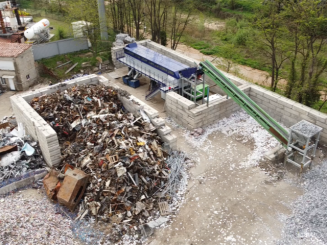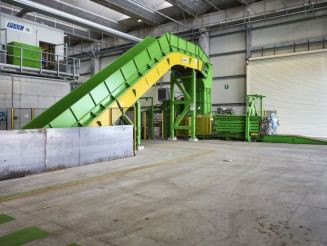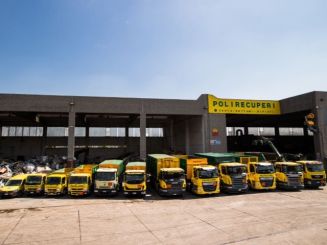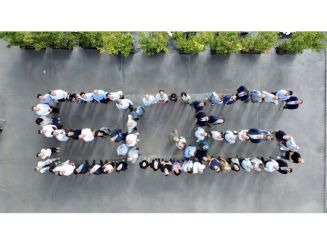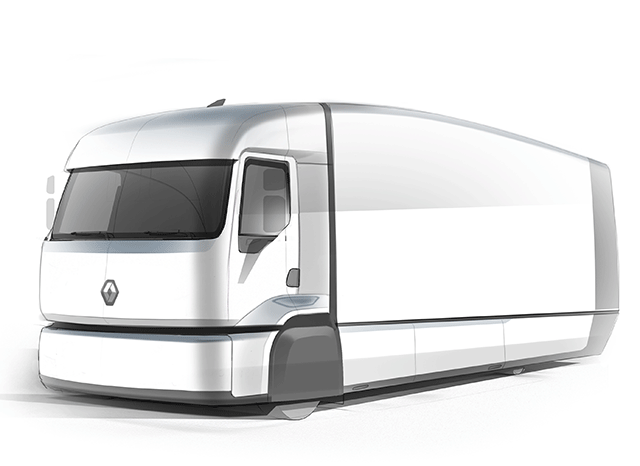
A collaborative project to reduce distribution vehicles’ fuel consumption by 13%
Renault Trucks and six partners have just launched the EDIT (Efficient Distribution Truck) project, which aims to reduce distribution vehicles’ fuel consumption by 13% compared with a current production vehicle, thanks to the use of innovative technologies.
Renault Trucks and six partners have just launched the EDIT (Efficient Distribution Truck) project, which aims to reduce distribution vehicles’ fuel consumption by 13% compared with a current production vehicle, thanks to the use of innovative technologies. The prototype to be used will be a Renault Trucks D Wide Euro 6 with a refrigerated body. The EDIT project has been labelled by the LUTB Transport and Mobility System competitive cluster and selected within the framework of the 19th FUI Regions invitation to submit projects.
After Optifuel Lab 2, the laboratory vehicle which brings together technological innovations designed to reduce long-distance trucks’ fuel consumption, Renault Trucks is extending its research to distribution vehicles, and has just launched the EDIT (Efficient Distribution Truck) project based on the Renault Trucks D Wide. Six partners will be working with Renault Trucks on this collaborative project: Valeo, Lamberet, Michelin, BeNomad, INSA de Lyon (LamCoS) and IFSTTAR (LICIT). It has been awarded the LUTB competitive cluster’s label and is receiving financial support from the FUI Regions fund.
The project’s aim is to design and develop a demonstration refrigerated transport vehicle consuming 13% less fuel than the reference Euro 6 distribution truck. This demonstration vehicle will have to use technologies that can be made commercially available by 2020, to which each partner is contributing their expertise.
The project is based on various areas of research. First of all, the aerodynamics of the vehicle and refrigerated body will be thoroughly revised. Then, the prototype will be fitted with a low voltage macro-hybrid system which will recover some of the braking energy via a reversible electric system. This will be used to power auxiliary equipment with recovered electrical energy and can also provide occasional support to the internal combustion engine.
Another area of research concerns the development of a new driving aid system. It is to be connected to traffic lights and able to detect when they will change, so as to define a speed profile minimising fuel consumption. Furthermore, it will also allow drivers to choose the most economic itinerary for their truck. Finally, the prototype will be testing new tyres with a lower rolling resistance coefficient. The EDIT project is scheduled to end with the delivery of the first vehicle in 2018.
Ultimately, this project should lead to new market openings for distribution vehicles in Europe.








